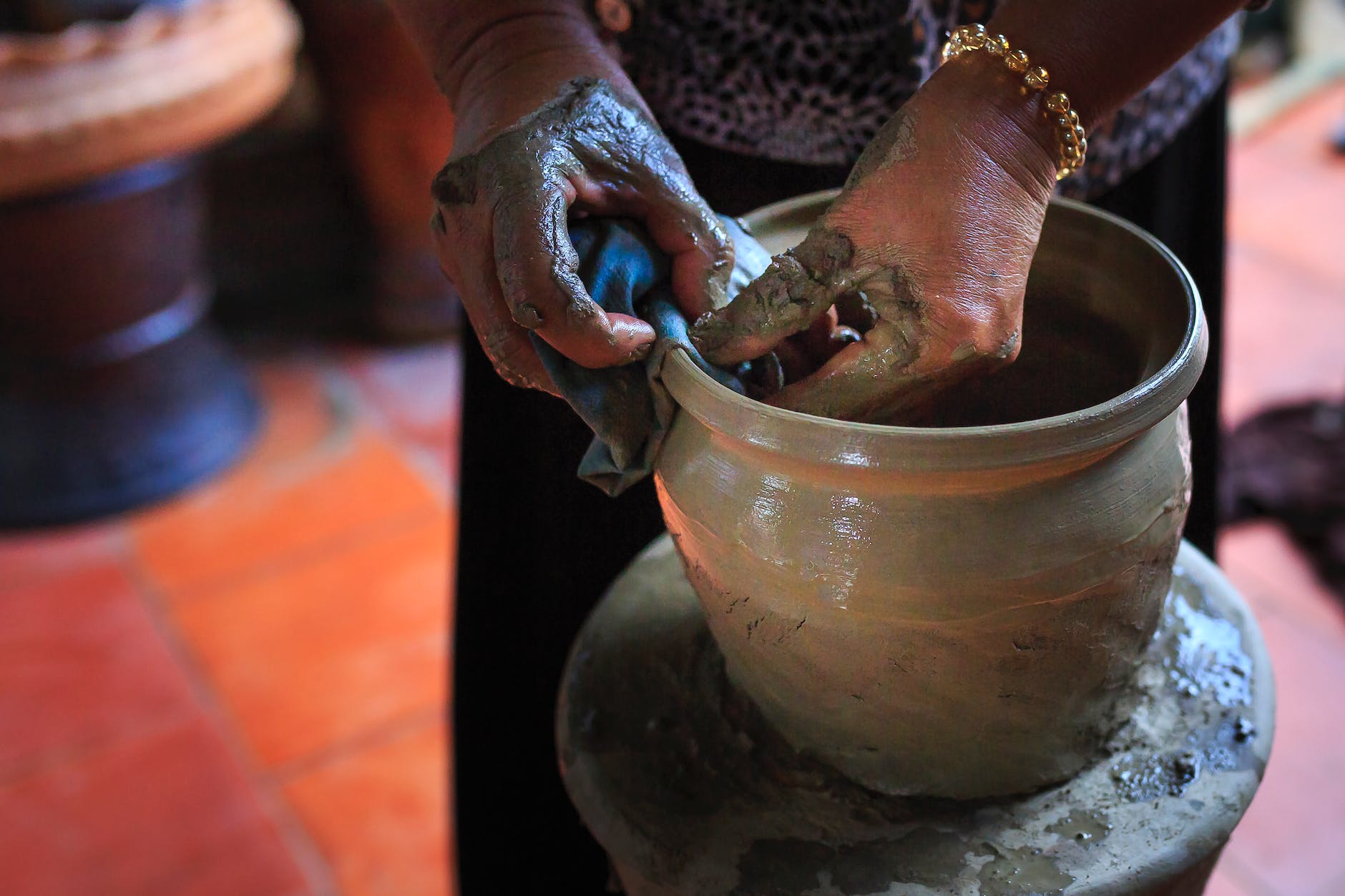Uncovering the Past Through Ancient Ceramics: What Pottery Artifacts Reveal About Cultures Throughout History
For archaeologists and historians, artifacts of ceramic pottery provide invaluable insights into cultures across eras. Analyzing techniques, motifs, forms, and materials reveals details about society, trade, rituals, and local aesthetics often elusive in manuscripts alone. Examining discoveries sheds new light on how pottery documented the story of civilization.
Reading Social Histories Through Production
Regional pottery styles arose in tandem with identity. Chinese porcelains feature masterful cobalt underglaze motifs while Hellenistic terracottas exhibit fluid figural friezes. The variety and distribution of wares helps determine industry levels, labor organization, and trade patterns. For instance, widespread distribution of Gaulish red terra sigillata across Europe indicates vast Roman trade networks and manufacturing.
Just as today, pottery profiles the commercial and cultural reach of past societies through material qualities.
Interpreting Cultural Values and Beliefs
Imagery and objects rendered in clay provide glimpses into social values and narratives. Moche vessels depict religious rituals and myths. Medieval jugs bear moral mottoes supporting social order. Funerary ceramics placed in burials represent afterlife beliefs. Just as importantly, absences signal marginalized narratives excluded from sanctioned representation.
Like text, pottery serves as coded language expressing acceptable worldviews. Decoding this material discourse reveals the cultural climate shaping its creation.
Tracking Spread of Techniques Through Diffusion
Innovations in pottery making diffuse gradually across cultures through population migrations and trade. The eastward spread of wheel throwing from the Near East or carved comb incising styles moving westward through steppe tomb cultures become archeologically traceable through gradual adoption over generations.
Moreover, foreign artifacts like Chinese porcelain shards at Middle Eastern sites provide firm proof of direct cross-cultural trade by certain eras. Careful study illuminates how techniques circulated.
Dating Sites Based on Material Evolution
Since pottery styles continually evolved in form and method, their recognizable progressions help date strata layers and ruins during excavation. The presence of corded versus incised pottery reliably divides Neolithic phases across cultures. Rim profiles and handles typify Roman wares of certain eras. Thermoluminescence testing gauges material age.
Based on established stylistic timelines, potsherds provide reliable indicators distinguishing occupation phases at dig sites through material culture analysis.
Revealing Social Stratification Through Wares
Variations in clay refinement, elaboration, and decorative complexity infer social class and power divisions. In the Inca empire, austere utilitarian vessels contrast ornately sculpted elite portrait pottery and ceremonial wares. Division between fine palace porcelain versus plain provincial earthenware likewise highlights class gaps in ancient China.
The conspicuous material consumption of ruling classes shows in extravagant ceramic finery as apparent today as in antiquity. Pottery remains a rich indicator of social station.
Tracing Trade Through Chemical Analysis
New technologies like x-ray fluorescence spectroscopy help determine clay mineral content and trace chemical makeup. This allows identifying distinct regional clay signatures and possible product origins. For example, Chinese celadon shards found in Indian Ocean shipwrecks confirm vast maritime trade networks.
Material analysis makes tangible the economic and cultural interconnectivity evidenced through widely dispersed pottery types across ancient sites worldwide.
Like artifacts of language, our ceramic heritage chronicles eras with tangible evidence that brings the past vividly near once unearthed.
